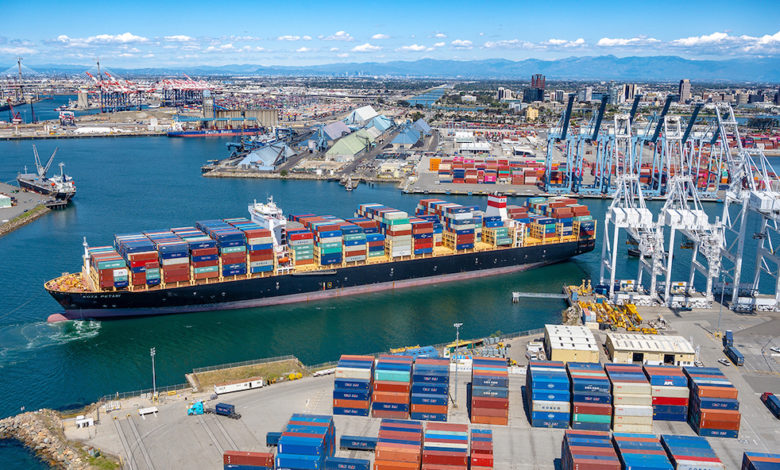Carrier results could fall up to 70% in the fourth quarter: Alphaliner

With the container shipping industry widely accepting that the peak of an epic cycle was passed by the middle of this year, attention is turning to how severe the drop in profits could be in the coming quarters.
Alphaliner is warning carrier results could fall up to 70% in the fourth quarter, with Israel’s ZIM on track to log the greatest fall.
“Indications for the remaining months of the year show carriers are likely to book steeply lower profits in the final quarter, with some potentially falling by up to 70% versus the previous three-month period,” Alphaliner suggested in its latest weekly report.
The global carriers have exceptionally strong balance sheets heading into 2023, a year where demand is expected to be muted and supply of new ships gigantic leading analysts to anticipate significant idling of tonnage over the coming 12 months.
“For many years, containerized trade has been the fastest-growing maritime trade segment, but in 2022 is projected to expand at a tepid 1.2 per cent, and even this may be optimistic. Maritime trade is expected to be slowed by macroeconomic headwinds, and inflationary pressures that constrain consumer spending, and by pandemic-induced lockdowns and developments in China’s economy. There could also be some normalizing of demand as consumer spending switches back more to services,” a new report from the United Nations warned yesterday, forecasting container growth of just 1.9% next year.
The top 10 lines have now collectively pulled in nearly $260bn in operating profit (EBIT) since the start of the pandemic on April 1 2020, according to Alphaliner, cash that will come in handy going in to 2023.
Liner veteran John McCown, who runs Blue Alpha Capital in the US, is forecasting liner shipping will post a full-year net profit of $223.4bn in 2022, a 50.6% improvement over the record profits made last year.
Long-term ocean freight rates suffered a steep month-on-month decline in November as subdued spot prices, weak demand, and ongoing economic uncertainty caught up with contracted container agreements. The latest data from the Xeneta Shipping Index indicates that global rates fell by 5.7%, with all major corridors experiencing negative import and export trends.
“After such a long, strong period of rates growth, it’s clear 2023 will usher in much tougher times for the global carrier community. Time will tell exactly how challenging that proves to be,” commented Patrik Berglund, Xeneta’s CEO.
“Freight rates may return to the pre-pandemic level in 2023 with absence of congestion and weaker economic condition. However, limited active supply growth driven by regulations, which will lead to vessel demolitions and speed reduction, may help the market to recover in 2024 onwards,” said Daejin Lee, lead shipping analyst at S&P Global Market Intelligence, in a recent report on container shipping prospects.
